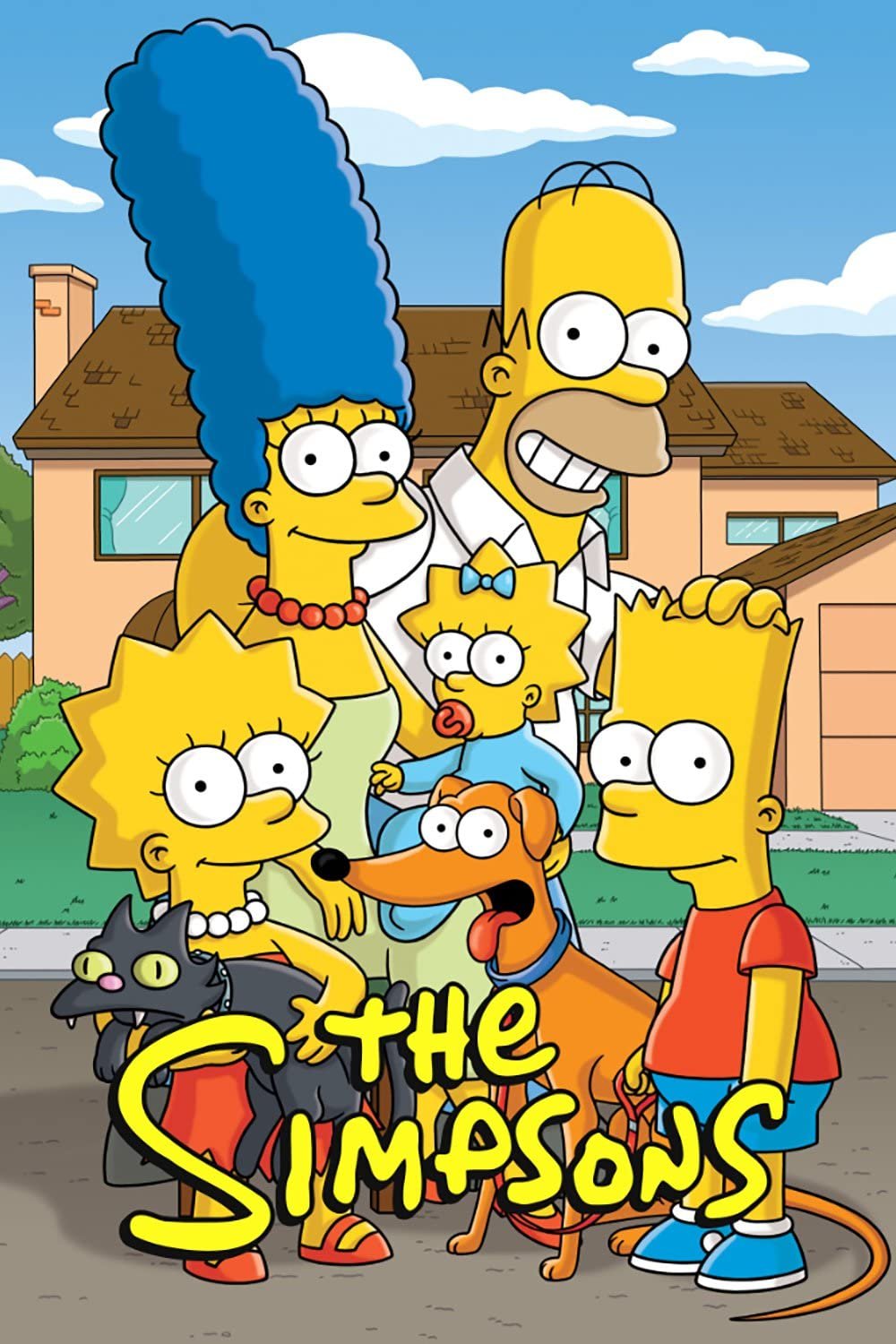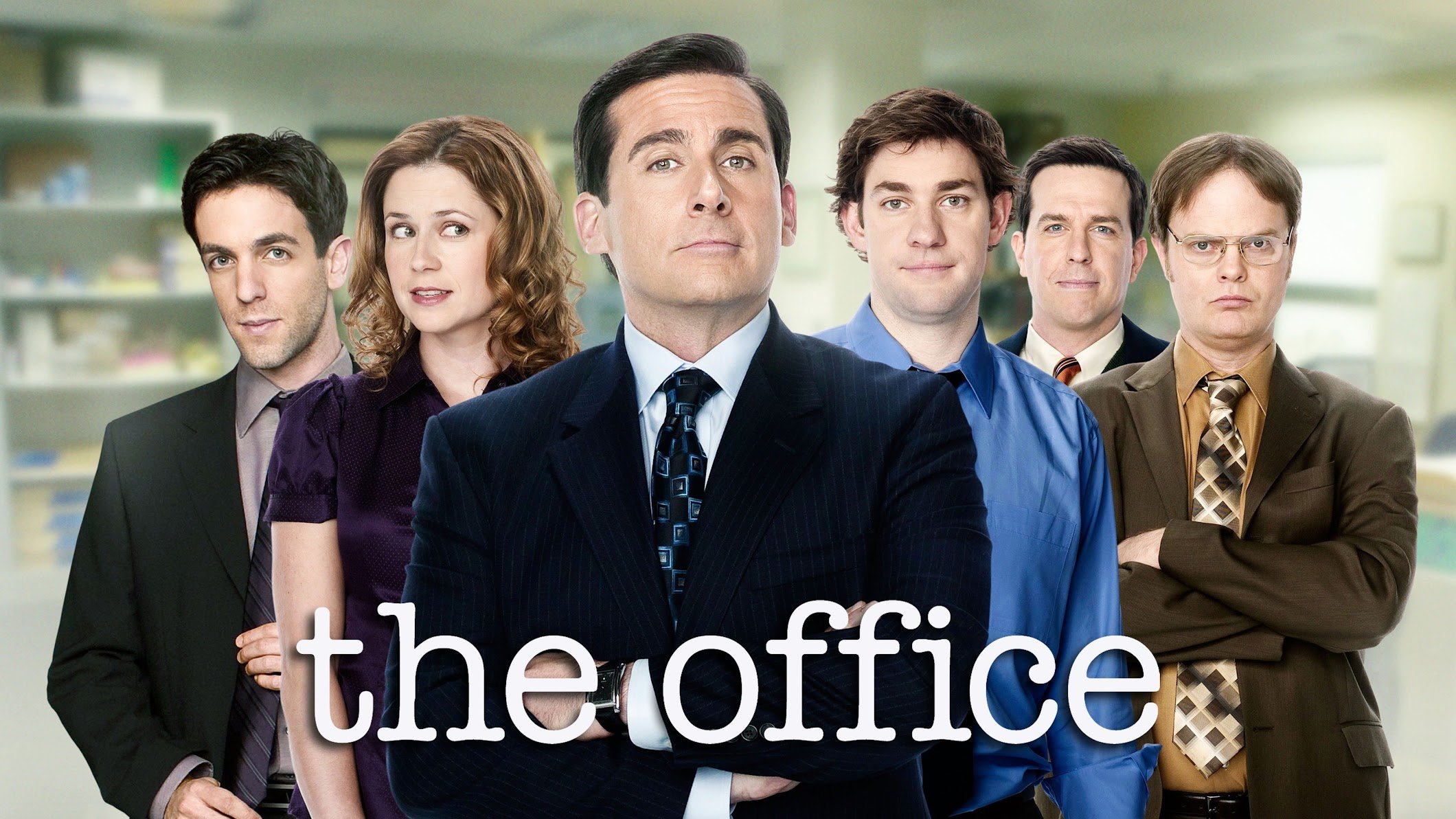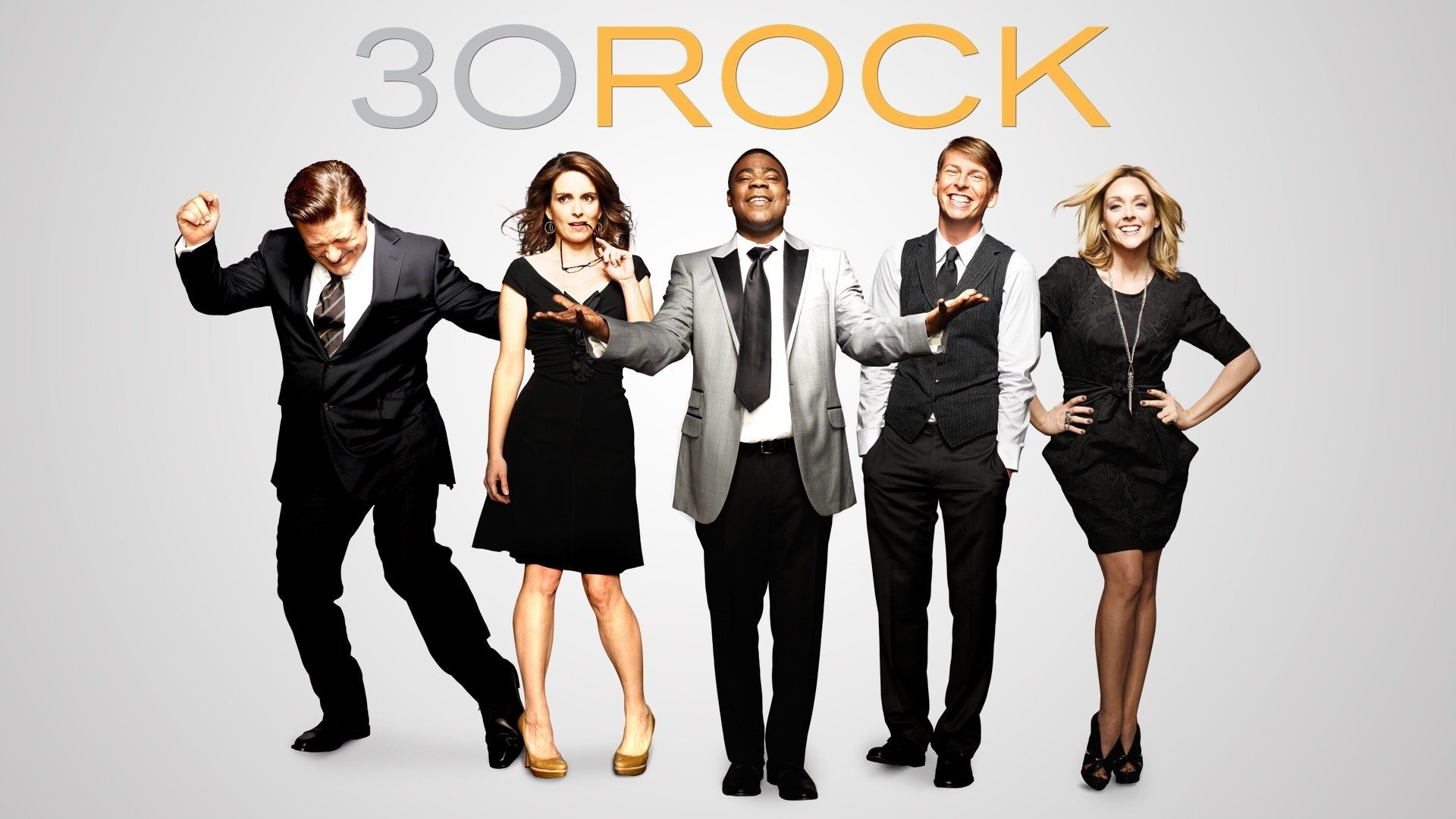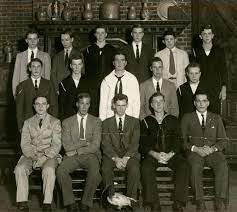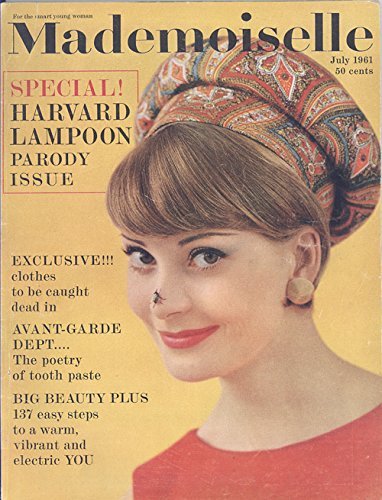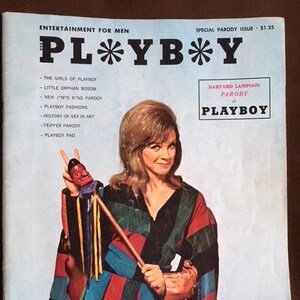SCHOOL FOR WISE WITS
HARVARD UNIVERSITY, January 1876 — Blah and blah and blah-de blah. Professor Norton is lecturing about — ahem! — the ahhhts. A dozen students sit slumped in Holden Chapel.
Midway through the lecture, one student awakens to find a note in hand. “Come to Sherwood’s room after lecture. We are starting a college ‘Punch.’”
In the wake of the Civil War, both Harvard and America took themselves very seriously. Harvard was America’s oldest and most pretentious university. Beyond its snooty confines, America had few humorists aside from Mark Twain. Pomposity went unchallenged until a twelve-page humor magazine was tacked to trees in Harvard Yard.
It was once easy to dismiss the Harvard Lampoon — Ivy League smartasses making snide inside jokes. But a half century ago, the world’s oldest continuously run humor magazine graduated to become the seedbed of American satire.
Name a comedy show and the odds are its writers got their start at the Harvard Lampoon. The list includes “The Simpsons,” “The Office,” “Seinfeld,” “Letterman,” “30 Rock,” “Friends,” “Curb Your Enthusiasm,” even “Sesame Street.”
Lampoon alumni also dominate literary humor. Several humorists at the New Yorker, Spy, and the National Lampoon were/are Lampoon alums, as are philosopher George Santayana, William Randolph Hearst, radical writer John Reed, and TV’s Conan O’Brian, B.J. Novak, Fred (Herman Munster) Gwynne. . . The list goes on. (Al Franken applied but didn’t make the cut.)
And to think it all started with a note passed in a lecture about — ahem — the ahhhts.
Aping the British magazine Punch, seven Harvard seniors spent a month making that first Lampoon. “As if planning an attack,” they threw in ink drawings, song parodies, and wordy wit.
The Lampoon, editors announced “shall try with trenchant pencil and sarcastic pen to hit off the foibles of our ‘little world.’”
The Lampoon’s “little world” was the upper crust of Harvard elite and Boston Brahmins. The editors knew their audience. At the high price of a quarter, the first Lampoon sold out 1,200 copies. Enough money to buy beer and sometimes coal to heat the makeshift office.
By 1900, known on campus for wild beer bashes and irreverent dinners, “Lampy” was a Harvard institution. In five annual issues, full-page ads juxtaposed a hodgepodge of parody, doggerel, and inside jokes. You had to be Hahvahd to get the jokes, or maybe they just weren’t funny.
“Have you taken a bath?’”
“No, is one missing?”
On through the decades, when Lampoon editors included Robert Benchley, George Plimpton, and John Updike, what started at Harvard stayed there. Then came the Sixties, with its kaleidoscope of targets. The Harvard Lampoon mocked everyone, even John Wayne. Watch:
Lampy had done previous parodies. A 1935 parody of Esquire was banned on campus, so Lampoon members lit a bonfire outside their curiously phallic building and threw a few copies into the flames. Meanwhile they sold fresh copies at the side door. But no one ever asked to be parodied until Mademoiselle, seeking a circulation boost, hired the Lampoon.
Sold nationwide, the Mademoiselle parody opened a door. Lampoon parodies of Playboy, Time, and LIFE followed. Then in 1969, the Lampoon took aim at Tolkien.
“Bored of the Rings,” starring Dildo and Frito Baggins, became an unlikely best-seller. And authors Douglas Kenney and Henry Beard saw a market for a humor magazine for smartasses who had outgrown MAD.
Beard (above right), a preppy Manhattan wit, and Kenney, a smooth-talking product of the Cleveland suburbs, were the perfect team to take the Lampoon national. Smart, entrepreneurial, and not afraid of anyone, they started the National Lampoon in 1970.
“So how do you see yourself?” a disapproving Tom Snyder asked on late night TV. “Satirist? Comedian?”
“No,” Kenney replied. “I’m just another cheap hustler like you, Tom.”
By 1974, with articles such as “Nancy Reagan’s Guide to Dating Do’s and Don’ts” and “The Wonderful World of Mediocrity,” plus wordplays on everyone from Sartre to Siddhartha, the Lampoon caught on, mostly on other campuses. Circulation topped a million. Covers became classics of graphic art.
But the sardonic magazine and its semi-deranged staff soon scattered. A few joined the writing team for early “Saturday Night Live.” Others scripted “Animal House” and “Caddyshack.” Meanwhile, from Harvard, came more parodies — Sports Illustrated, Newsweek, and Cosmopolitan, with a nude foldout of a Henry Kissinger.
Lampoon humor, which staffer Tony Hendra (star of “This is Spinal Tap”) called “Boomer Humor,” was cutting, clever, and highly commercial.
Today, when a resume listing Harvard Lampoon is a hot ticket in Hollywood, the original Lampy mocks on. Recent best-selling parodies include Twilight (Nightlight) and The Hunger Games (The Hunger Pains.)
With Harvard’s young smartasses eager to join, the Lampoon has its own “comps,” modeled after Harvard’s “competitions” in English, history, and other serious subjects. Want to write for Lampy? Try your luck at “lightning-quick, joke-heavy ‘kind-of-stories’ that are so hilarious as to be a medical risk for some.”
“Some people say that the Lampoon lit comp is the hardest comp at Harvard,” editors note. “But if you’re super funny on paper it won’t be so bad. . . Peace out, Girl Scouts, and see you soon.”



